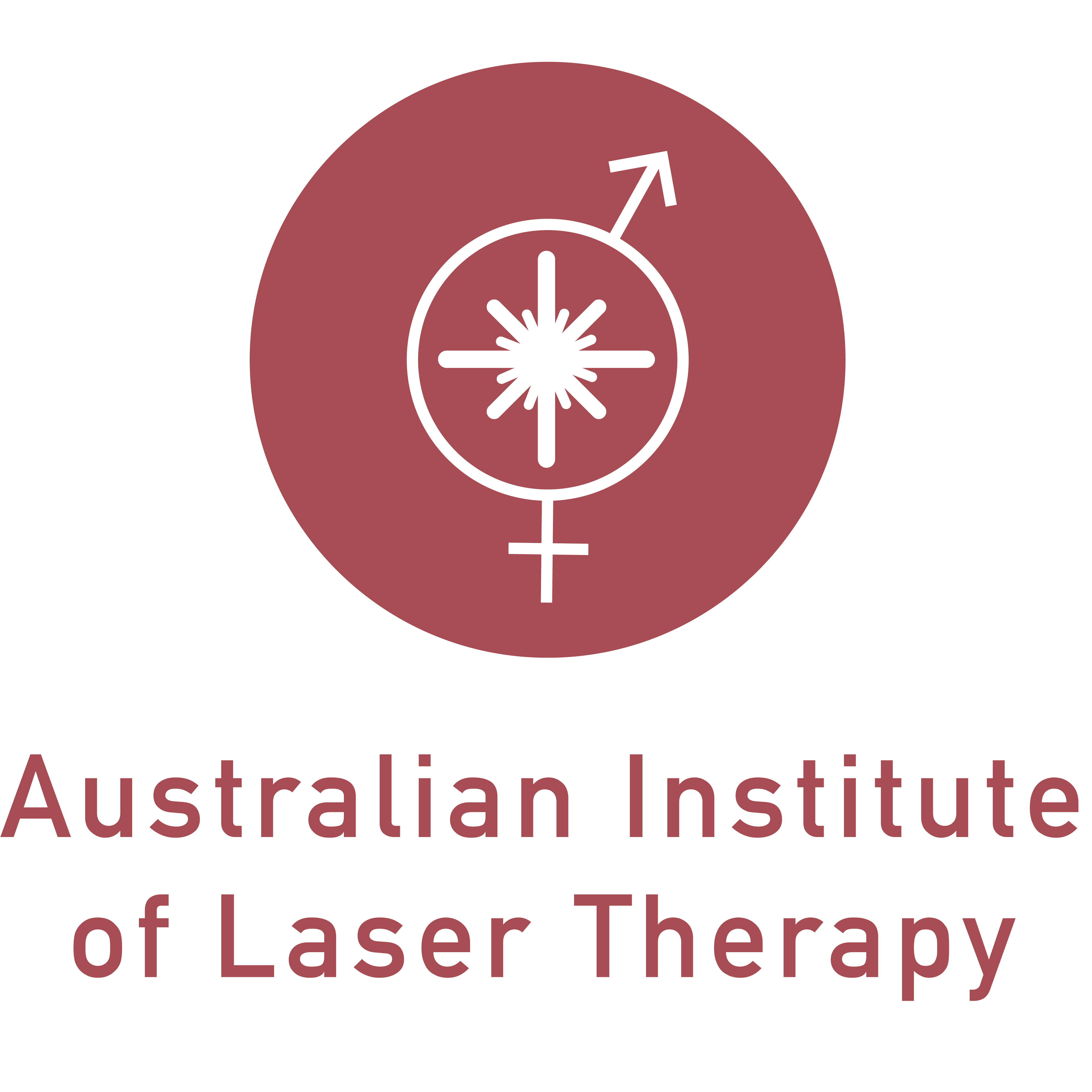BENEFITS OF PBM THERAPY DURING & AFTER COVID-19 INFECTION
RESEARCH PAPERPBM Therapy has previously been used in combination with the recommended medical treatment for a range of respiratory diseases i.e. asthma, pneumonia and chronic obstructive pulmonary disease to improve and accelerate healing processes (Derbenev VA, Mikhailov VA, Denisov IN.1999,2000 ., de Brito AA, da Silveira EC, Rigonato-Oliveira NC. et al 2020., Fekrazad R. 2020).
It is reported that severe acute respiratory syndrome coronavirus 2 (SARS-CoV-2) causes the disease COVID-19 (Booth TF, Kournikakis B, Bastien N, et al 2005 ) and that similar symptoms and genetic material to SARS-CoV-2 has been found in breath samples and on throat and nasal swabs of COVID-19 patients. Furthermore, air samples, surface swabs of furniture and ceiling vents that were taken from COVID-19 treatment rooms also contained SARS-CoV-2 genomic material (Guo Z, Wang Z, Zhang S. et al 2020), indicating that airborne contaminants are projected into the external environment during sneezing and coughing and breathing, which can survive for several hours at room temperature and particularly in dark environments (Pyankov OV. et al 2018), and other conditions such as temperature and humidity and sunlight may also affect the rate of decay of infectious viruses in aerosols projected from the upper respiratory tract. In another more recent study investigating the effect of relative humidity and simulated levels of sunlight equal to light levels in winter, early autumn and summer on concentrated SARS-CoV-2 viral suspensions, which that were diluted in a simulated saliva or culture medium, showed mean decay rates of the virus equal to a 90% loss in 19 minutes and 8 minutes respectively, whilst the mean decay rate of the SARS-CoV-2 virus without simulated sunlight took longer and was equal to a 90% loss in 286 minutes (Shuit M, Gardner S, Wood S. et al 2020). Research reports exist of the germicidal effects of UVC 252nm ultraviolet light and on airborne viral aerosols (Walker CM, Ko G. 2007), however the application of simulated sunlight in the UVA 315-400nm and UVB 280-315nm part of the electromagnetic spectrum had not been examined yet and this first study using simulated sunlight on SARS-CoV-2 indicates that these wavelengths may reduce the risk of aerosol transmission of respiratory viral disease within internal medical and hospital environments, as well as the workplace environment.
